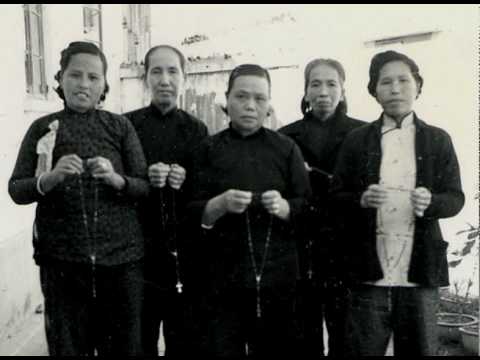
View a Trailer of JMSC Film-Maker Nancy Tong’s Documentary on Trail-Blazing Nuns
24 February 2011March 11: Talk – Peter Hessler Inside a Chinese Factory Town
1 March 2011JMSC Establishes Health and Risk Communication Project Research and Training Centre
The JMSC has been awarded more than HK$2 million to create a Research and Training Centre in Health and Emergency Risk Communication.
The funding comes from the University Development Fund and was secured by Thomas Abraham, Assistant Professor and Director of the Public Health Media Project.
“Risk communication is emerging as an important discipline in the field of communications, particularly in the area of health,” said Abraham.
“Effective communication is recognised as a vital tool for the public and for authorities to respond to potential risks to public health, as well as disasters and emergencies. Whether it be a health emergency like pandemic influenza, or a natural disaster like an earthquake or tsunami, unless the authorities are trained to communicate essential information in a way that the people can understand, the public will not be able to respond effectively, and there could be unnecessary loss of lives.”
Abraham warned of the dangers of miscommunication of information about health and emergencies. “During the influenza pandemic last year, public distrust of vaccination programmes, anger against government handling of the pandemic, and scepticism about whether the pandemic was real, were examples of failures in risk communication, and a lack of dialogue between the public and authorities on these risks,” he said.
The Research and Training Centre in Health and Emergency Risk Communication will be the first such centre in Asia.
Its main activities will be to research evidence-based risk and emergency communication principles and case studies that are suited to an Asian context, gather information that can be used in training programmes for communications officers who work in health in the region, develop and deliver such training programmes and work with researchers, health officials and journalists in Hong Kong, China and throughout the wider Asia region to improve their health risk communication strategies.
“While the basic principles of risk communication were formulated by experts in the United States, there is a lack of research into how these principles can best be applied in an Asian context, and how effective they are in Asia,” said Abraham.
“The risk communication programme at the JMSC will be a pioneering attempt to do research into risk communication in an Asian context, and then use those findings for training programmes for health and disaster relief officials in the region. There is no other university in Asia which is doing this kind of work, and this is an opportunity for Hong Kong University to become a leader in this field.”
The funding will also be used to provide a visiting scholar’s programme to allow global experts to come to the JMSC for joint research programmes on risk communication.
Under the auspices of the new Centre, Thomas has also succeeded in acquiring nearly US$30,000 of funding from the Food and Agriculture Organisation (FAO) of the United Nations to write a paper on Risk Communication in the ‘One-Heath’ Context.
This paper will lay out a strategy to communicate to governments and the public the risk of previously unknown diseases, and, as a consequence, form the basis for policy advocacy to governments.

